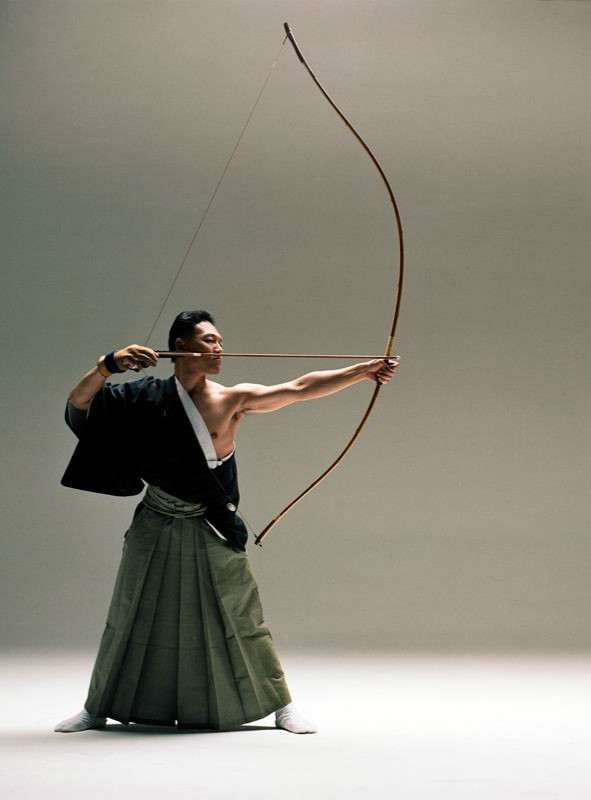

After enough hours of combat, the exchanges became routine to the point of tedium. Unfortunately, that is as far as the samurai combat exerted itself in terms of complexity. There are four different sword stances and at first, fighting hordes of enemies felt engaging as I quickly swapped stances in between attacks to be as efficient as possible. For example, the water stance is effective against enemies with shields and the rock stance is great for dealing with other, shieldless swordsmen. Samurai combat is where all of the sword stances reside and each stance has their own combo strings which are effective against the various enemy types.
Way of the samurai 1 stances upgrade#
Even as I gained new abilities through the different upgrade trees, they never became overbearing. Between the standard swordplay combat, which represents the samurai gameplay, and the various stealth abilities which represent the ghost gameplay, neither felt difficult to understand. Something I will commend is how quickly Ghost of Tsushima’s gameplay mechanics are introduced. There is so much going for Ghost of Tsushima, but spectacle alone doesn’t make it worth playing. At all times, I am in the audience of a beautiful representation of Japan’s island of Tsushima, but it is in constant contrast with combat that rarely agreed with itself and the occasional glitches that developed a miserable union. Unfortunately, the engagement and urgency I felt in those few initial moments quickly dissipated as my playthrough continued. Lush with beautiful visuals and incredible presentation, Ghost of Tsushima opens with a promising scene of visceral combat.


 0 kommentar(er)
0 kommentar(er)
